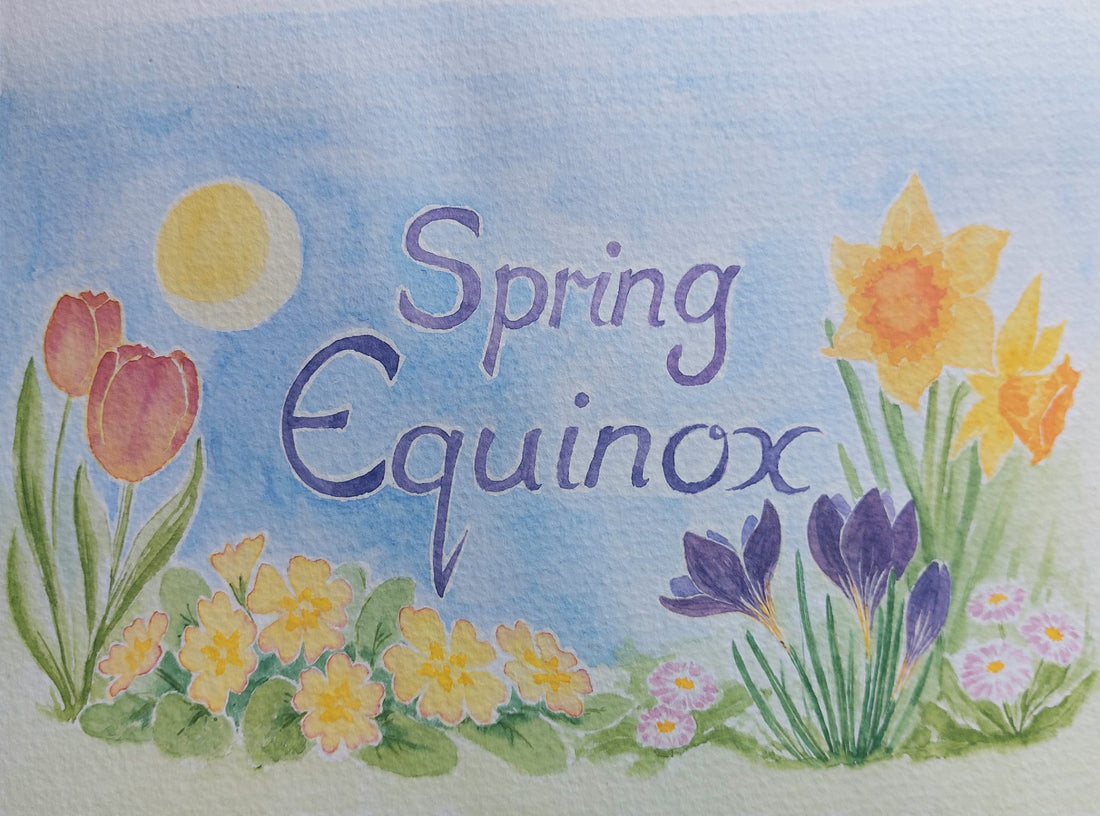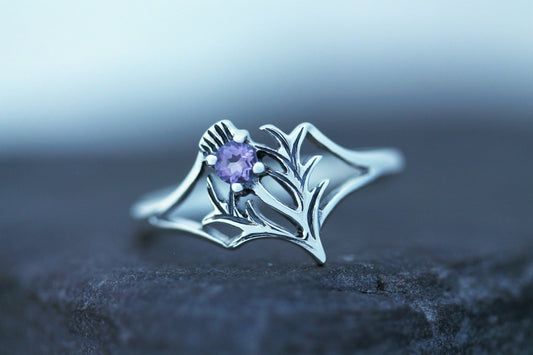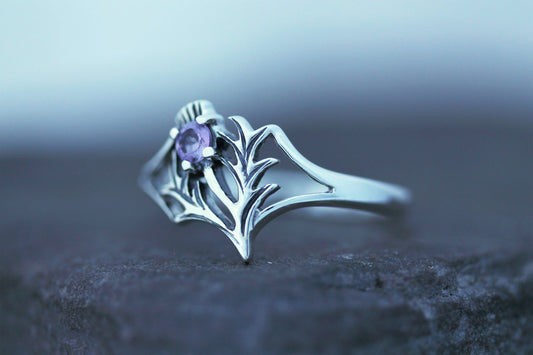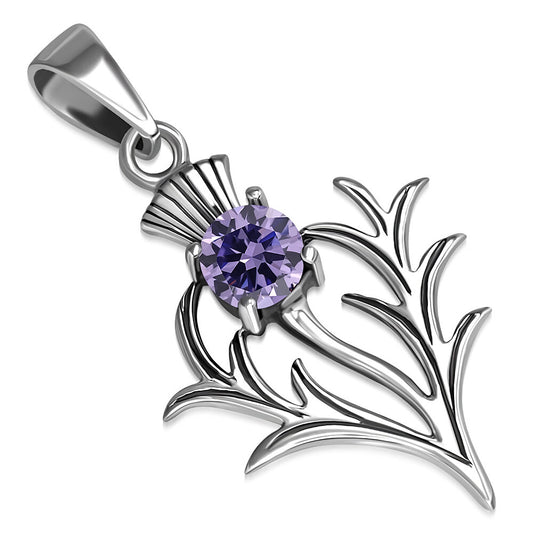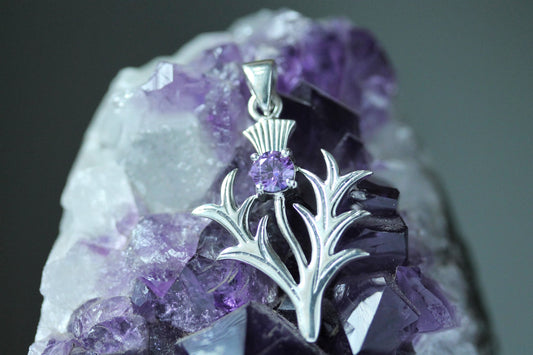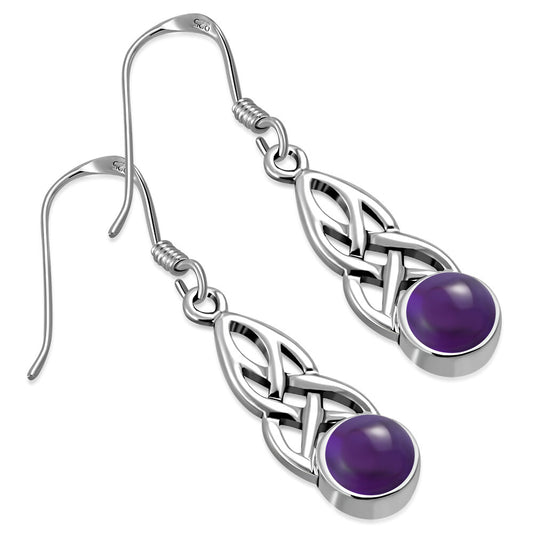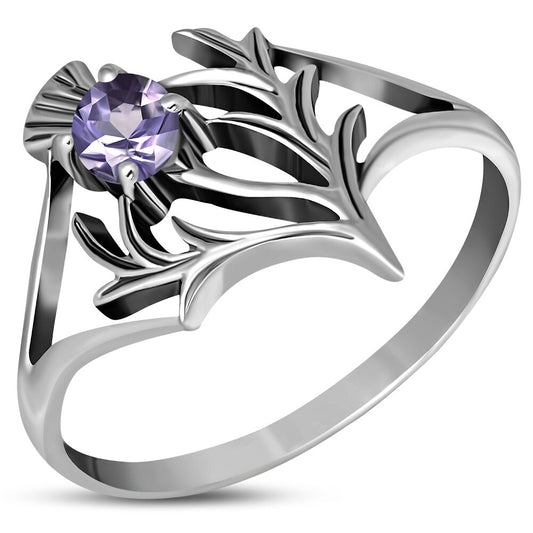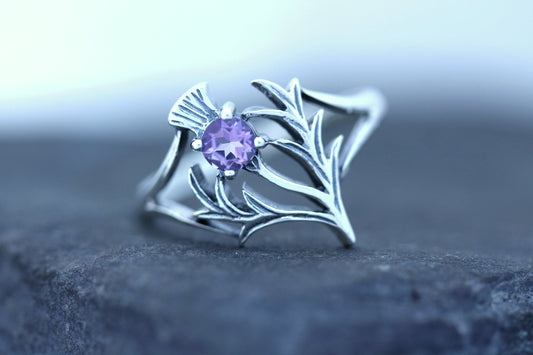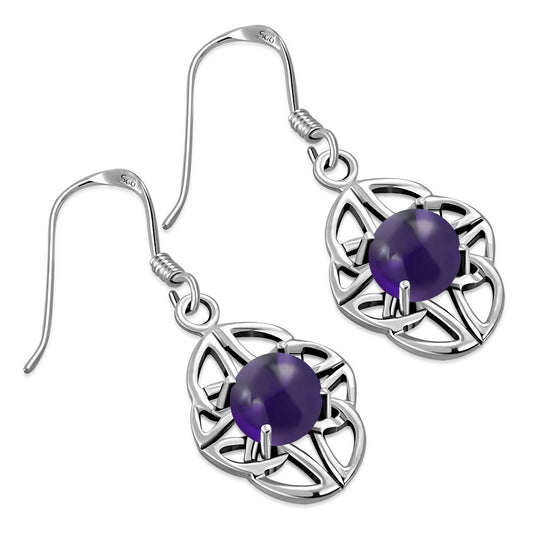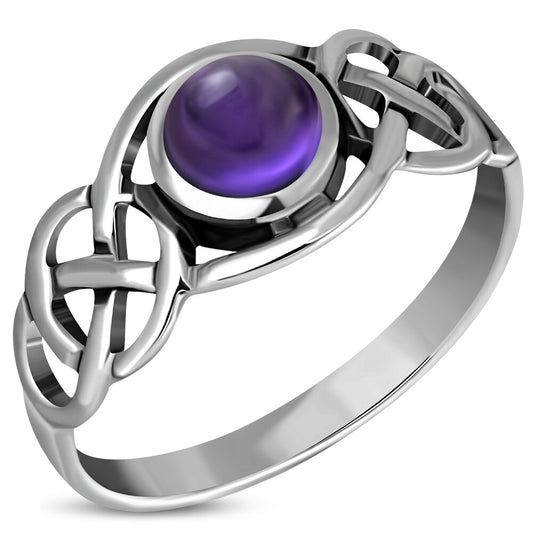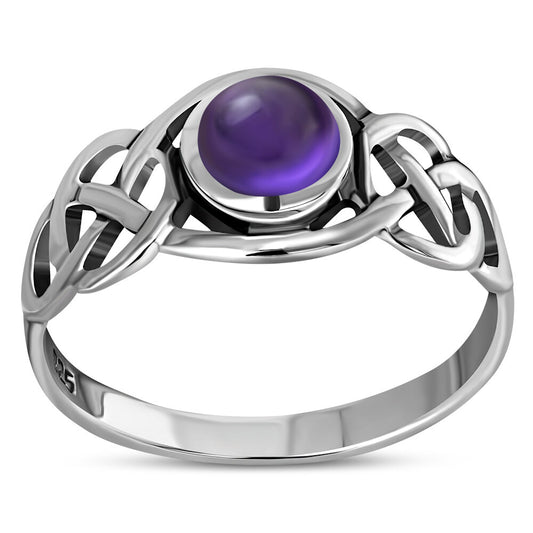
**Origins of Ostara:**
Ostara, also known as the Spring Equinox, marks the midpoint between the darkness of winter and the light of summer—a time of balance and harmony in the natural world. The festival takes its name from the Germanic goddess Eostre, a figure associated with fertility, new beginnings, and the dawn. In Celtic tradition, Ostara represents the awakening of the land after the long winter months, as well as the promise of abundance and growth in the coming season.
**Customs and Rituals:**
Central to the celebration of Ostara are customs and rituals that honor the cycle of life, death, and rebirth. One such ritual is the lighting of fires to symbolize the return of the sun and the triumph of light over darkness. In ancient times, bonfires were lit atop hills and mountains, illuminating the night sky and casting away the shadows of winter.
Another common practice is the decorating of eggs, which symbolize fertility, new life, and the promise of growth. These decorated eggs, often dyed in vibrant colors and adorned with symbols of nature, are displayed as talismans of abundance and blessings for the coming year.
**Teachings of Ostara:**
At its core, Ostara teaches us the profound wisdom of cyclical renewal—that life is an eternal dance of birth, growth, decay, and regeneration. It reminds us that even in the darkest of times, there is always the promise of light and the potential for transformation. By honoring the cycles of nature, we align ourselves with the rhythms of the earth and tap into the infinite wellspring of life's vitality.
**Importance of Integration:**
Integrating the celebrations of Ostara and other ancient traditions into our lives offers a profound opportunity for connection, reflection, and spiritual growth. By attuning ourselves to the natural cycles of the earth, we deepen our sense of belonging and foster a deeper connection to the world around us. We come to recognize that we are not separate from nature, but rather an integral part of its intricate web of life.
**Celtic Folklore Tale: The Legend of the Spring Maiden:**
In the heart of the Celtic countryside, there lived a maiden named Brighid—a symbol of the radiant energy of springtime. Legend has it that Brighid possessed the power to awaken the land from its winter slumber and usher in the season of renewal. With her gentle touch, she coaxed the flowers to bloom, the birds to sing, and the rivers to flow once more.
But one year, as winter lingered longer than usual, Brighid grew weary, and the land languished in darkness. Determined to bring about the dawn of spring, Brighid embarked on a journey to the realm of the spirits, where she sought the wisdom of the ancient gods and goddesses.
With their guidance, Brighid returned to the mortal world, bearing a flame of divine light that ignited the hearts of all who beheld it. As the flame spread across the land, winter's grip loosened, and the earth rejoiced in the warmth of spring. From that day forth, Brighid's flame became a beacon of hope and renewal—a symbol of the eternal cycle of life, death, and rebirth.
**
As we honor the festival of Ostara and embrace the spirit of renewal and rebirth, may we carry the wisdom of the ancient Celts in our hearts and minds. May we kindle the flame of transformation within ourselves and awaken to the beauty and abundance of life that surrounds us. And may we walk in harmony with the rhythms of the earth, knowing that each season brings its own blessings and opportunities for growth.
References:
- Matthews, J., & Matthews, C. (2005). The Celtic Shaman: A Practical Guide. Inner Traditions.
- McNeill, F. (1961). The Silver Bough, Vol. 1: Scottish Folk-Lore and Folk-Belief. William MacLellan.
- Green, M. (2004). The Celtic Wheel of the Year: Celtic and Christian Seasonal Prayers. New York: Sterling Publishing.

